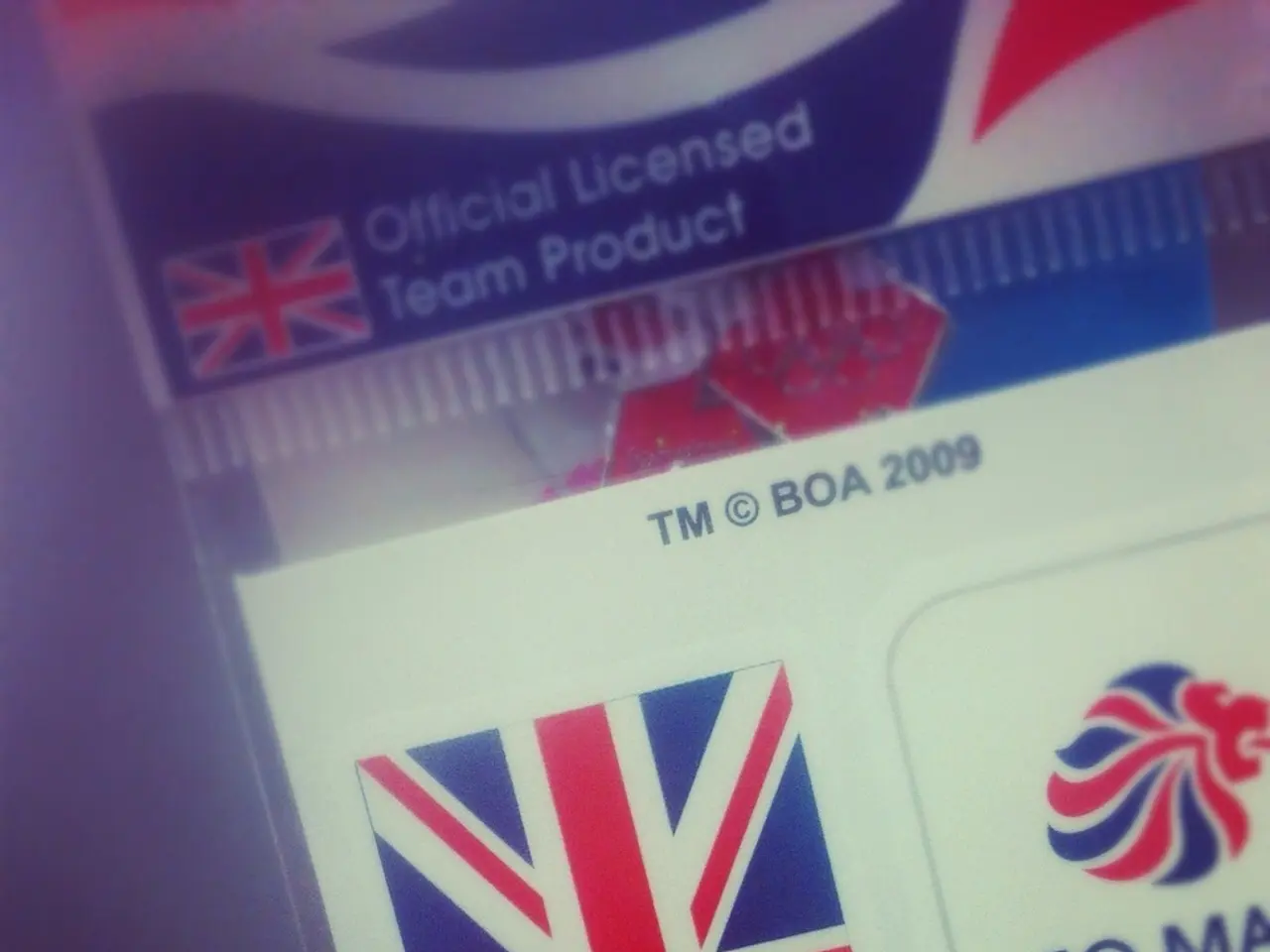A Glimpse into the Back Office Setup for a Two-Truck Business Enterprise
In the competitive world of trucking, having a well-organised back office is crucial for growth and profitability. Here are some effective strategies for building a streamlined back office system for small trucking businesses.
Financial Visibility
Achieving financial clarity is essential for any trucking business. Separating business and personal finances by opening dedicated checking accounts and credit cards simplifies bookkeeping and tax filing, ensuring audit readiness. Saving and organising all trucking-related expenses, such as fuel, repairs, tolls, and meals, substantiates tax deductions and provides clear expense tracking. Regularly recording income and expenses keeps financial data current and prepares for tax compliance and audit processes.
Compliance Control
Ensuring proper licensing and registrations, like FMCSA motor carrier authority, DOT numbers, and annual UCR registration, is vital. Proper insurance coverage, including cargo liability, general liability, and workers' compensation, is also essential. Specialized certification is necessary if transporting hazardous goods. Keeping broker packets, insurance certificates, and onboarding documents updated, and auditing cost-per-mile and RPM (revenue per mile) for operational compliance and profitability is also essential.
Operational Clarity
Smart technological adoption focused on automation and data clarity can significantly improve a trucking business's back office. AI-powered automation tools and robotic process automation (RPA) can automate document processing, scheduling, cargo tracking, and report generation, decreasing manual errors and boosting efficiency. Implementing transportation management systems (TMS) and warehouse management systems (WMS) that offer real-time tracking, inventory forecasting, and automated billing modules provide clear operational visibility and control. Leveraging AI-enabled dispatch software and load tracking tools can minimise downtime and optimise load schedules, stabilising cash flow and enhancing fleet utilisation.
If you find yourself spending more than 6 hours a week on admin tasks, outsourcing is recommended. Load boards should not be relied on 100% for freight, skipped broker tracking and vetting, or assumed all brokers are equal. Red flags with brokers, such as chargebacks, changed rate cons, poor communication, and differing payment terms, should be noted.
By combining financial discipline, rigorous compliance adherence, and smart technological adoption, small trucking businesses can build a streamlined back office system that enhances visibility, control, and operational efficiency. The ones who win in the trucking business don't just out-drive others, but out-manage them.
- An entrepreneur in the transportation industry can enhance the financial health of their small-business trucking operation by maintaining separate checking accounts and credit cards for business and personal expenses, properly categorizing trucking-related costs, and consistently recording income and expenses to ensure compliance with tax laws and audit readiness.
- To achieve operational clarity in a small trucking business, it is crucial to ensure all necessary licenses, registrations, and insurance coverages are obtained and kept up-to-date, as well as properly vetting transportation brokers to avoid potential red flags such as chargebacks, changed rate cons, poor communication, and differing payment terms.
- With a focus on both financial visibility and operational efficiency, incorporating smart technological solutions like AI-powered automation tools, transportation management systems (TMS), warehouse management systems (WMS), and AI-enabled dispatch software can offer benefits like decreasing manual errors, optimizing load schedules, and improving fleet utilization for small trucking businesses.




